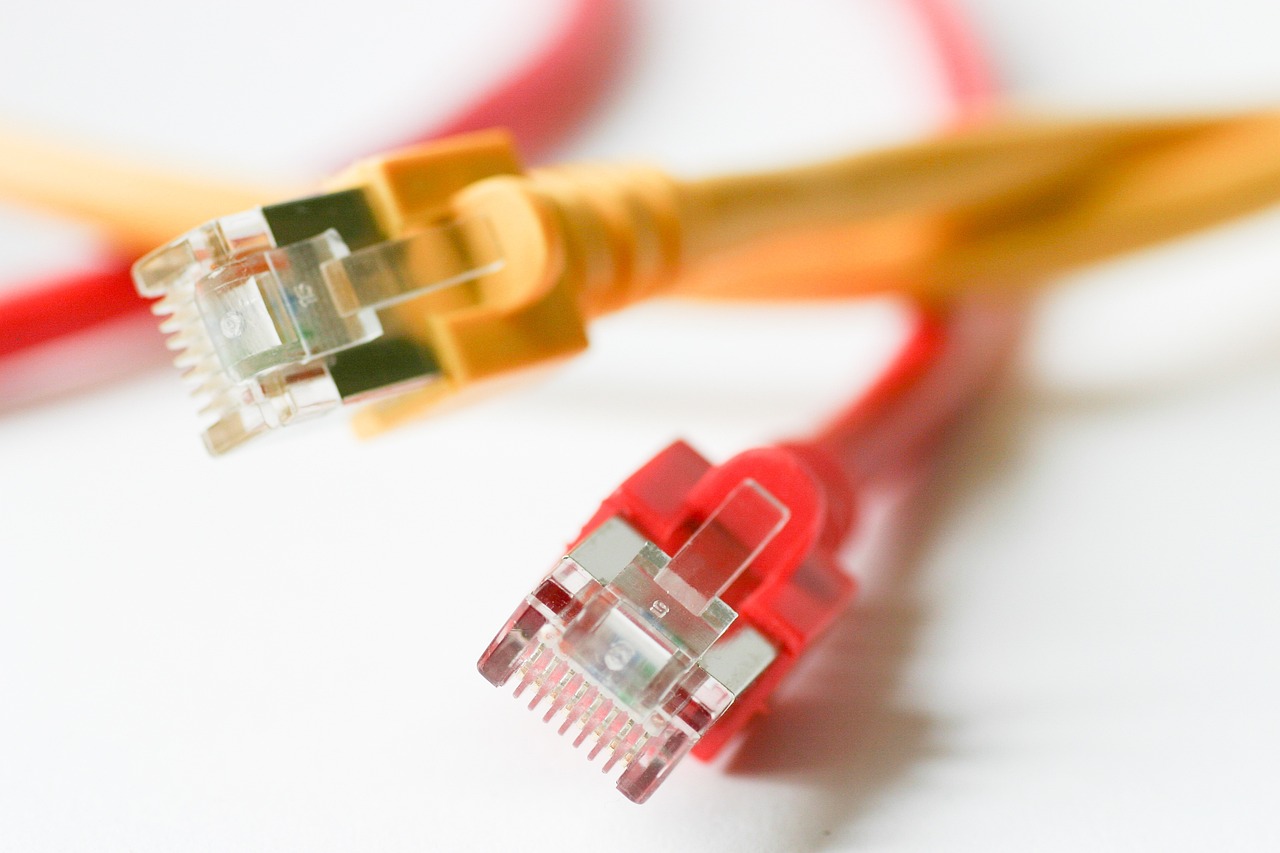Sign language choices that the interpreters make affects how deaf people perceive things and how well interpreters can present someone’s message in a more authentic manner. For effective sign language interpretation, it’s important that interpreters express the way in which an individual speaks, besides the actual content, so that the deaf gets a brief idea of how the person thinks.
Most people who can hear just fine think that sign language interpreters are experts at what they do and that their work is a literal rendition of deaf people’s utterances. This is obviously not true. In fact, there is a certain theory about identity and authenticity when it comes to sign language interpretation.
Interpreters not just express their own identity via the manner in which they talk but there’s also a lifetime of experience of the deaf that’s used to share things and build their own identity perception. Interpreters may operate as “gatekeepers”. In other words, if the interpreter is mediating between a doctor and a deaf patient, the interpreter may at times answer the doctor’s questions or reflect on the physician’s thoughts without necessarily consulting with the deaf person or literally making translations between the two. Also, if the interpreter believes the patient’s responses to the doctor’s queries are off point, they could refuse to interpret or limit the responses. As a result, the interpreter’s actions could be adding to how the doctor perceives the patient as an individual.
To explore the world of interpreted interaction, it’s important you first examine how two regular people directly interact with each other. Generally, they take turns. The conversation flow often feels natural. Their eyes meet. They could laugh. Their talks could overlap. One could be interrupting the other. However, when there is an interpreter in the picture, the conversation goes another route.
The conversation moves from A to B through the interpreter. And when B responds, the comment goes through the interpreter before it could reach A. Eye contact is still there, but it’s more like a synchronized dance between the three. The hearing party would invariably be looking at the interpreter, since that is the spoken word’s source. If there is laughter, it causes a ripple effect. There could be overlaps, but they don’t happen too often since the interpreter would try controlling things or ask the two to not communicate simultaneously.
Long story short, interpreters are professional, intelligent, and certified. They also have certain tacit norms to adhere to which not everyone may agree to.






